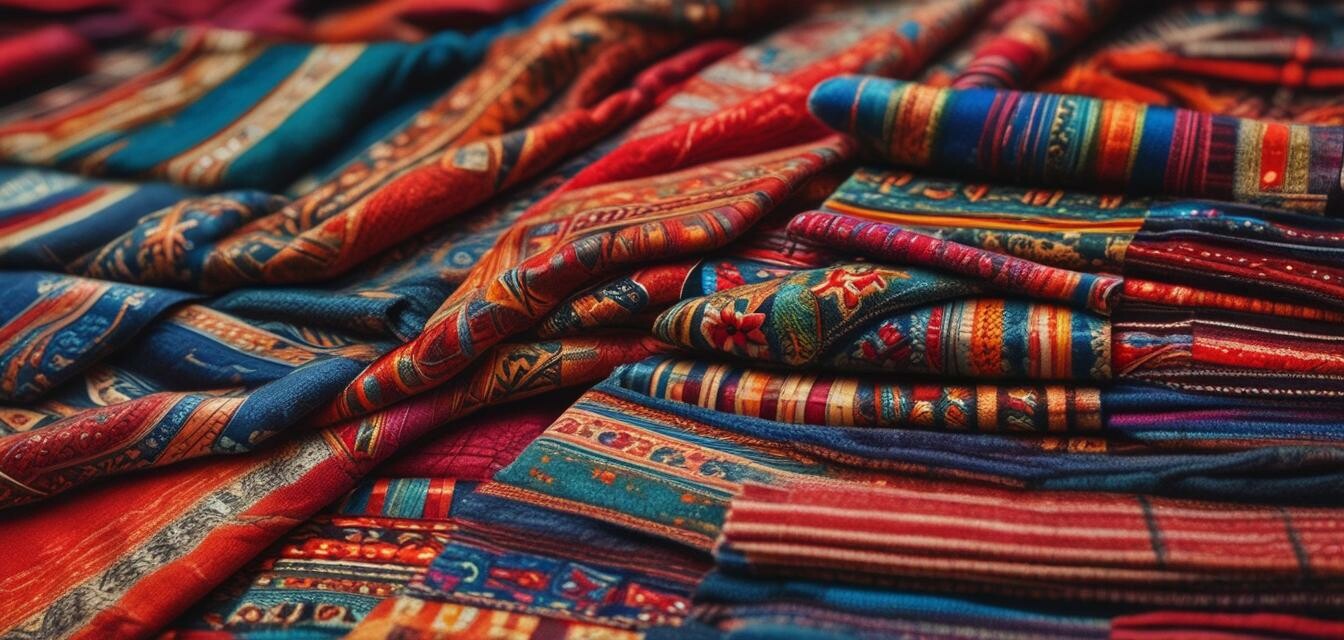
For FTC Disclosure see Footer
The Essential Fabrics for Cultural Fusion Fashion
Key Takeaways
- Understanding fabric types is crucial for selecting quality cultural fusion clothing.
- Breathability, durability, and aesthetic appeal are the main factors to consider.
- Choosing the right fabric can elevate your cultural fashion game.
- Different styles and prints can be mixed and matched for unique looks.
- Look for sustainable options to support artisan communities.
Cultural fusion fashion is a beautiful blend of styles, patterns, and fabrics that come together to create unique pieces of clothing. For those keen on wearing styles that represent diverse cultures, understanding the types of fabrics available can enhance both the comfort and the aesthetic of your outfit. In this guide, we will explore the essential fabrics used in cultural fusion fashion, focusing on their characteristics, advantages, and how they contribute to the overall appeal of your wardrobe.
Understanding cultural fusion fabrics
Cultural fusion clothing often incorporates fabrics from various regions, each with its own specific properties that appeal to both wearers and designers. Below, we provide a detailed overview of the most popular fabrics and their unique attributes.
| Fabric | Breathability | Durability | Aesthetic Appeal |
|---|---|---|---|
| Cotton | High | Medium | Varies |
| Silk | Medium | Medium | High |
| Linen | Very High | Medium | Natural |
| Wool | Low | High | Rich |
| Rayon | High | Low | Soft |
| Polyester | Medium | High | Varies |
Popular fabric choices for cultural fusion fashion
When selecting a cultural fusion garment, it's essential to consider how the chosen fabric will contribute to the overall look. Here are some key fabrics that work well for fusion fashion:
- Cotton: Known for its softness and breathability, cotton is a versatile fabric, making it a staple for everyday wear.
- Silk: This luxurious fabric adds elegance and a high-end feel to any outfit, ideal for special occasions.
- Linen: Perfect for warm weather, linen is extremely breathable and has a beautiful, natural wrinkle.
- Wool: Best utilized in cooler climates, wool provides warmth and has a unique texture that adds depth to outfits.
- Rayon: Made from natural sources, rayon mimics the feel of silk while being more budget-friendly.
- Polyester: Durable and resilient, polyester allows for vibrant colors and prints, perfect for making a statement.
Mixing and matching fabrics
One of the key aspects of cultural fusion fashion is the ability to mix and match fabrics from different backgrounds. Here are some tips:
- Choose complementary colors to create a harmonious look.
- Vary textures to add interest to your outfit. For example, pair smooth silk with textured linen.
- Incorporate prints, such as ethnic designs, alongside solid fabrics to enhance visual appeal.
- Balance heavier fabrics, like wool, with lighter options, such as cotton, for a practical yet stylish outfit.
Choosing sustainable fabrics
In recent years, the fashion industry has embraced sustainability. Choosing fabrics that come from sustainable sources not only benefits the environment but also supports artisan communities. Look for:
- Organic cotton that uses fewer pesticides.
- Hemp, which requires less water and grows quickly.
- Recycled fabrics that minimize waste.
Pros
- Wide variety of colors, textures, and patterns available.
- Ability to express individual style through mixed designs.
- Support for sustainable and artisan fabrics enhances ethical fashion.
Cons
- Some fabrics may require special care and maintenance.
- Mixing fabrics can be tricky; balance is essential.
- Cost of sustainable fabrics may be higher than conventional options.
Conclusion
Understanding the essential fabrics for cultural fusion fashion opens the door to creating visually stunning and comfortable wardrobes. By focusing on breathability, durability, and aesthetic appeal, you can make informed choices that suit your personal style. Remember the importance of mixing and matching different fabrics to truly express your unique fashion perspective. For more insights into cultural fashion, explore our Buying Guides.
Further resources
For those interested in diving deeper into the world of cultural fusion fashion, check out our related categories: